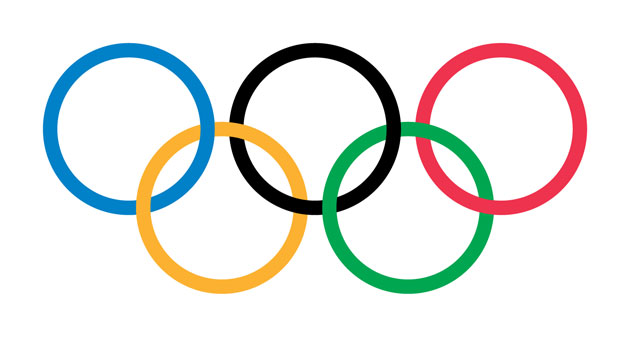Lausanne, Nov 25, 2014: Protecting athletes’ health and preventing injuries and illnesses in sport are top priorities for the International Olympic Committee (IOC) and its Medical Commission. Nine research centres from across the world have thus been named as IOC Research Centres for Prevention of Injury and Protection of Athlete Health.
These centres are:
• Australian Centre for Research into Injury in Sport and its Prevention, Federation University Australia, Australia
• Sport Injury Prevention Research Centre, University of Calgary, Canada
• Institute of Sports Medicine, Copenhagen University Hospital, Denmark
• Yonsei University, Republic of Korea (South Korea)
• Amsterdam Collaboration on Health & Safety in Sports, VU University and Academic Medical Centre, Netherlands
• Oslo Sports Trauma Research Centre, Norwegian School of Sport Sciences, Norway
• Aspetar, Orthopaedic and Sports Medicine Hospital, Qatar
• Clinical Sport and Exercise Medicine Research Group, University of Cape Town, South Africa
• London’s Institute for Sports, Exercise and Health (ISEH) and National Centre for Sports Exercise and Medicine (NCSEM), United Kingdom
Over the next four years, these centres will be tasked with researching, developing and implementing effective preventive and treatment methods for sports-related injuries and illnesses. They will receive financial support from the IOC and join an international network of expert scientists and clinicians in sports-injury and disease-prevention research.
“We are delighted to have appointed nine highly qualified centres from the four corners of the world to assist us with our mission,” commented IOC Medical Commission Chair and Executive Board member Dr Uğur Erdener. “These centres have all demonstrated that they are at the forefront of research in sports medicine and are committed to our shared goal of using knowledge and resources to ensure the athletes’ well-being so that sportsmen and women can perform at their best level with minimal risks to their health.”
The IOC Head of Scientific Activities, Lars Engebretsen, added: “While athletes were previously active until they were 25, today they compete until they are 40 to 45 at a very high level. An injury to one of them is a major issue, so treatment and prevention have become all the more important.”
Since 2009, the IOC, under the leadership of its Medical Commission, has supported and partnered with established research centres from around the world which have demonstrated clinical, educational, and research expertise in the fields of sports medicine and elite sports to promote the athletes’ health through the prevention of injury and illness.
Collaborating closely with the newly-appointed nine research centres, the IOC aims to further promote and protect the health of athletes by:
• Establishing long-term research programmes on injury and disease prevention (including underlying studies on epidemiology, risk factors, and mechanisms),
• Fostering collaborative relationships with individuals, institutions and organisations to improve athletes’ health,
• Implementing applied, ongoing and novel research and development within the framework and long-term strategy of the IOC,
• Setting up knowledge translation mechanisms to share scientific research results with the field throughout the Olympic Movement and sports community and to convert these results into concrete actions to protect the health of the athletes.


Leave a Reply
You must be logged in to post a comment.